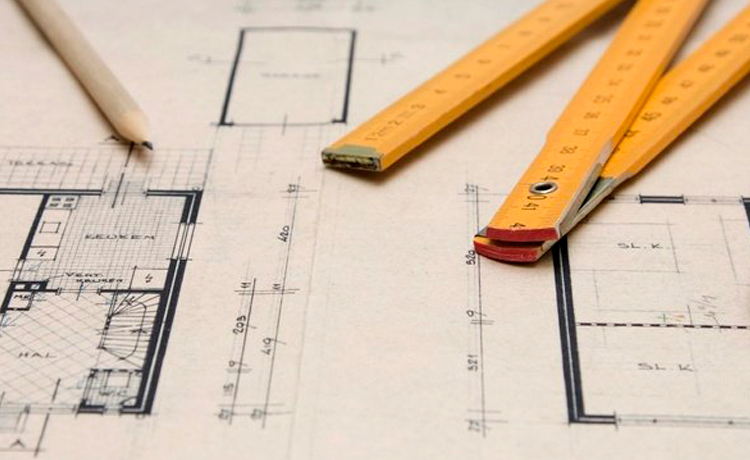For some time, the construction industry has been moving towards a design-build as a greater collaborative manner to deliver a project, one that allows contractors to integrate design into their practices. Advocates tout its cost and time savings, so it’s no surprise that contractors centered on conventional delivery techniques like design-bid-construct (DBB) is probably inquisitive about design-build.
But professionals say there are major troubles contractors should recollect before leaping into layout-construct.
Understanding the risks
In the design-build delivery method, contractors end up the unmarried factor of contact and duty for both the layout and creation levels of a project, said Lisa Washington, executive director of the Design-Build Institute of America. This means that contractors whose experience has generally been in DBB, for instance, want to have a clear expertise of the danger that goes along with that.
Design flaws and other troubles related to plans and specifications, for instance, now are the contractor’s responsibility, a shift from extra traditional methods in which the owner and contractor expect the architect to count on legal responsibility for any design errors.
"The concept of an unmarried factor of duty can seem very straight forward," stated Washington, "but you need to understand what it means so that you can manipulate the expectancies and... work with the proprietor to well allocate the risks."
Having the right mindset
Developing a successful design-construct program, Washington stated, generally requires a full-size mental shift on the a part of group contributors who are not used to working so collaboratively.
"You should have the proper mindset, the proper personalities and [participants who] are group-oriented, now not individual-oriented," said Greg Gidez, company director for design offerings at popular contractor Hensel Phelps.
This can be hard for those who've spent a career operating on DBB projects where there is a clear hierarchy and gamers who can be a bit territorial concerning their respective roles.
"It's feasible to make the shift, but are they curmudgeons who are intolerant to change? If so, then it'll be an uphill climb," Gidez stated.
If those crew participants can change, however, that's made simpler after they taste fulfillment with design-build, they need to find the transition plenty smoother, he stated.
Some contractors, said Bill Godwin, companion and senior assignment manager with Bacar Constructors Inc. In Nashville, Tennessee, have a leg up on the subject of integrating layout into their businesses, like those who have assisted owners in the design method and helped to establish fees as a part of negotiated paintings or fee engineering.
"I think if you have that type of heritage and culture," Godwin stated, "you have the possibility to make a terrific transition into design-construct. If all you’ve ever been in is the difficult bid … rip-them-and-read-them sort of paintings, it’s now not impossible, however that’s a heavy lift transferring straight from that into this idea of team and cooperation and trust."
Adopting this collaborative philosophy, however, might useful resource in recruitment as well.
"What I keep hearing," Washington said, "is that young specialists who are graduating from college and getting into the workforce — it’s herbal to them. They don’t understand why you even must discover ways to be collaborative."
Owners also must have the proper mindset, she said, and much like all of the other team members on a layout-construct undertaking, apprehend that stepping into a more collaborative relationship isn’t as smooth as flipping a switch. Contractors want to apprehend which owners will make right group individuals and that allows you to no longer, she stated.
Recognizing design-build not for every project
"Most contractors which are engaged in design-build have a quite formal method for making a cross or no-cross selection," Washington said, "and it takes into account the entirety from how a great deal work they've on their plate proper now to how many team members they have got available … to how many other corporations would possibly bid on the challenge."
There is a fee to compete, she said, so every team have to make a choice as to whether the task is worth the attempt financially.
"Design-build done right is very professionally and for my part rewarding," Gidez said. "But in case you don’t understand the nuances, you’re going to grow to be doing it wrong."
Some of the questions contractors must ask earlier than taking over a design-construct undertaking are:
- Do you've got a designer on your group that understands scheduling, budgets and what they must do to supply on time?
- Did you very well vet your companions and pick out wisely?
- Does the owner recognize design-construct practices?
"It’s inside the details," Gidez said, "and it is the stuff like education, the proper personality, the right owner, the right fee — all these items cross into making the job proper. And if you don't have these conversations … then all bets are off, and it's a free-for-all."
Partnering with architects and engineers
Contractors that want to jump into layout-build might be worried at the possibility of hiring and making an investment in an in-residence layout group so that they are capable of compete for projects, however Godwin stated they shouldn’t be.
"It’s much easier to companion with an [architectural-engineering] corporation than it's far to exit and hire an architect to be part of your staff," he said.
Projects are so varied, Godwin stated, it'd be a undertaking to decide which sort of engineer or architect to take on full time.
"Do you hire an engineer? If so, what kind — structural, mechanical electrical? I would venture to say that the overwhelming majority of design-developers do it this way," he stated. "They companion with a corporation that has the revel in and background and résumé for the sort of challenge that you need to pursue."
This is the strategy that even the most important contractors take, Godwin stated. "We refer to companies which have the in-house abilities as integrated design-build corporations. There are some out there, and they may be excellent, but they're a awesome minority."





